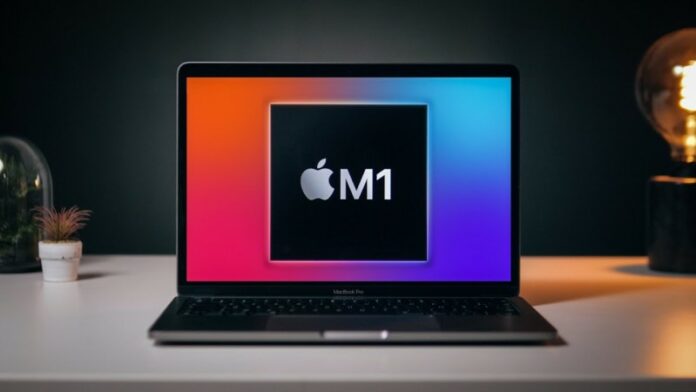The MacBook, Apple’s version of what a Laptop should be, has been seeing a lot of change this year. First, the MacBook received an update for its keyboard, replacing the flawed butterfly keyboard in favour of the more traditional scissor-switch keys. This meant that the customers and users of the Mac could finally commence their hobbies for writing, or, in the case of a tech blogger such as myself, go back to making the MacBook my primary work computer.
With this issue sorted, there was but one major concern remaining, which was a pretty big concern. This was the silicon being used. The MacBook, which until recently was running Intel processors was notorious for heating and thermal throttling, so much so that it began being called a very capable laptop, not for its looks or it’s performance, but for its ability to act as a heater.
This too was addressed quite quickly, when you consider that at the beginning of 2020, we wear hearing some chatter over laptops with Arm-based processors. What followed was a tenuous moment of silence, after which the world went abuzz with leaks and rumours in regards to what Apple would be launching as ‘Apple Silicon’. One did not have to wait very long, however, since the Arm powered MacBooks were launched towards the end of 2020, sporting the new M1 chip.
The M1 Arises
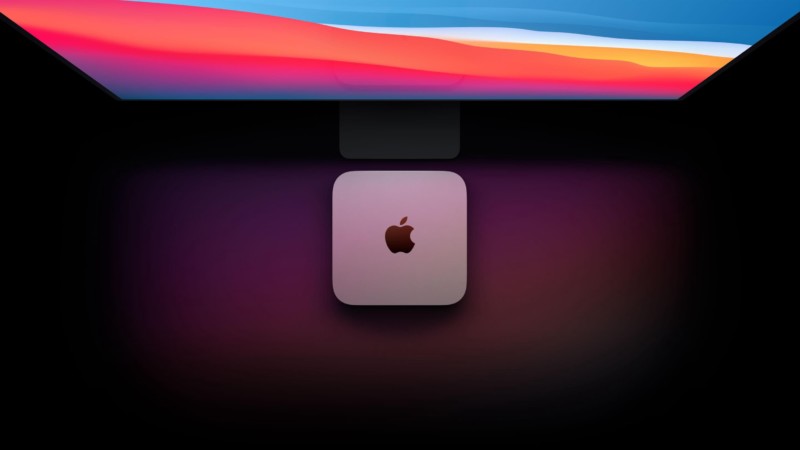
This M1 chip marked a move that reminded tech enthusiasts of the time when Steve Jobs announced Apple would be leaving PowerPC and switching to Intel and, the Buzz that followed post the announcement. This time, however, people were a bit sceptical, considering how Arm powered laptops from the likes of Samsung and Microsoft have done in the market. The MacBook Air And Pro turned out to be different and when everyone realised that, a hurry to sell their old MacBooks and buying the new one became common.
That brings me to the reason for this article, which is the evolution that the MacBook has gone through. This past year, as you read, owing to the M1, the MacBook underwent a drastic change, for the better that is. However, it is my assumption that this is just the beginning of something bigger and, there is a storm brewing at Cupertino, with the intentions of hitting the MacBook hard in 2021.
Is A Storm Brewing?
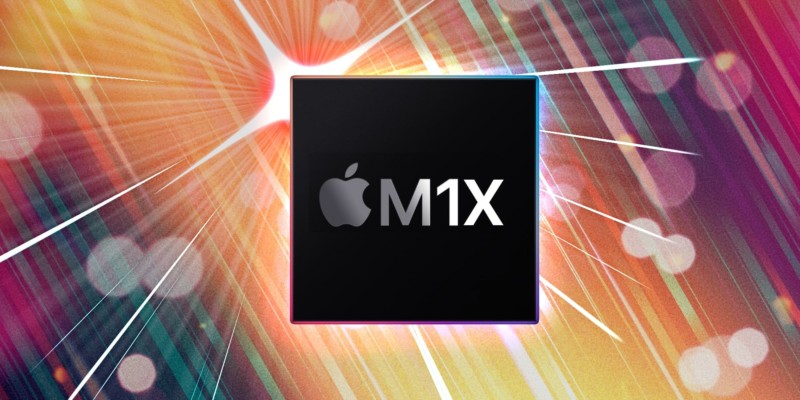
Yes. The reason for my belief is some chatter that is going on, first of which is the rumour for an even more powerful chip based on Arm. While the M1 is plenty powerful and manages to beat out most heavy-weight champions, the Pro demands for more and, if rumours are to be believed, it just might be that Apple is working on a chip to cater to this crowd.
Analyst Ming-Chi-Kuo recently reported that a redesigned MacBook Pro with 14.1-inches and 16-inch displays will be launched in Q2, with both of them sporting Apple’s custom silicon. This silicon is supposedly going to be a 12-core chipset, catering to the 14-inch MacBook, while the 16-inch MacBook Pro will be getting a 16-core chip. This change could be done, keeping in mind that the Pro MacBooks have better heat dissipation, meaning they can handle the firepower better than the Air.
To enhance the confusion in regards to all these rumours, another rumour claims to report that a desktop-level A14T chipset is in the making for the future iMac, which would rid the iMac of Intel chips for good. This, however, is a distant reality and will take some time to launch, or, so it seems.
Apart from the processing changes, it seems Apple is also planning a major display shift. Analyst Ming-Chi-Quo, whose report I discussed earlier also seems to believe that Apple will make a change to the display, adopting the Mini-LED display for the MacBooks.
What is a Mini-LED Display
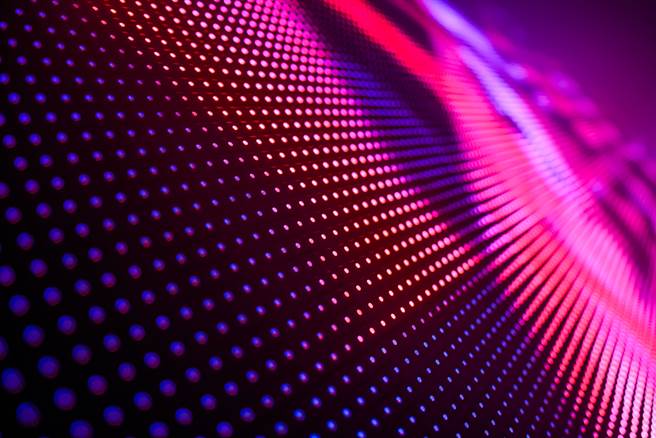
As is slightly evident by the name ‘Mini’-LED displays are displays that take help of very minuscule LEDs to produce light for the display. This technology stems from the traditional backlit tech but makes some changes for this shift in size. Instead of using a single large backlight or a few small lights, Mini-LED displays use thousands of tiny LEDs. What does this result in? The use of Mini-LEDs results in superior local dimming. With this statement arises the question of what local dimming is? Local dimming is a technique that improves the black levels of your display. The dark parts of the screen become extra dark with this technique, resulting in richer blacks.
Fun Fact: For a backlight diode to be a Mini-LED, they need to 0.2mm across each
Additionally, Local dimming is important for LCD displays as the backlight bleed leads to inferior blacks and contrast ratios compared to OLED displays, where individual pixels can switch on or off.
So, to list out the pros of using a Mini-LED panel, they are:-
- Deeper blacks
- Brighter whites
- Better contrast
- Richer colours
Win-win right? Yes, having a Mini-LED display has a lot of advantages and, shifting to a Mini-LED panel is for the better.
So, is the Change For the MacBook Here?
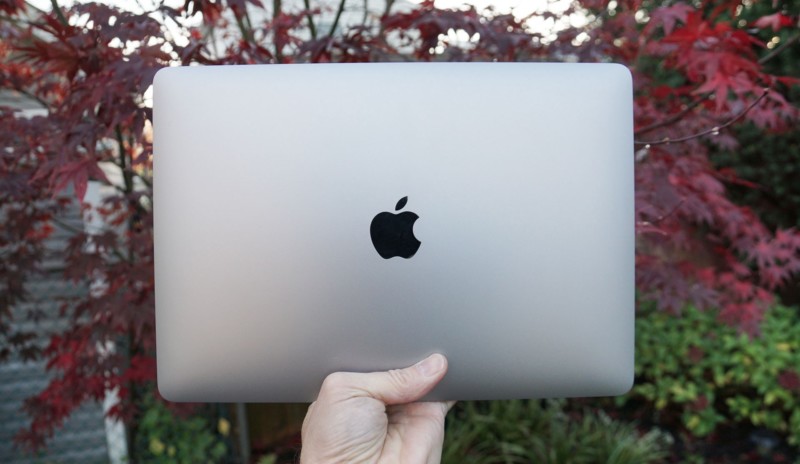
As you can see, there are some changes coming in 2021, which could change the way we use our MacBooks. The new chips, if accompanied by AMD GPUs, if Apple does end up using discrete graphics, could finally mean that one can game at ease on a MacBook and, the display, whose presence would help the king of media consumption up it’s ante.
These rumours, while still being rumours are growing stronger day by day and, even if one of them does end up materializing, it could lead to the MacBook becoming the benchmark to beat and, possibly even become the blind answer to the question, “Which is the best laptop out there?”
